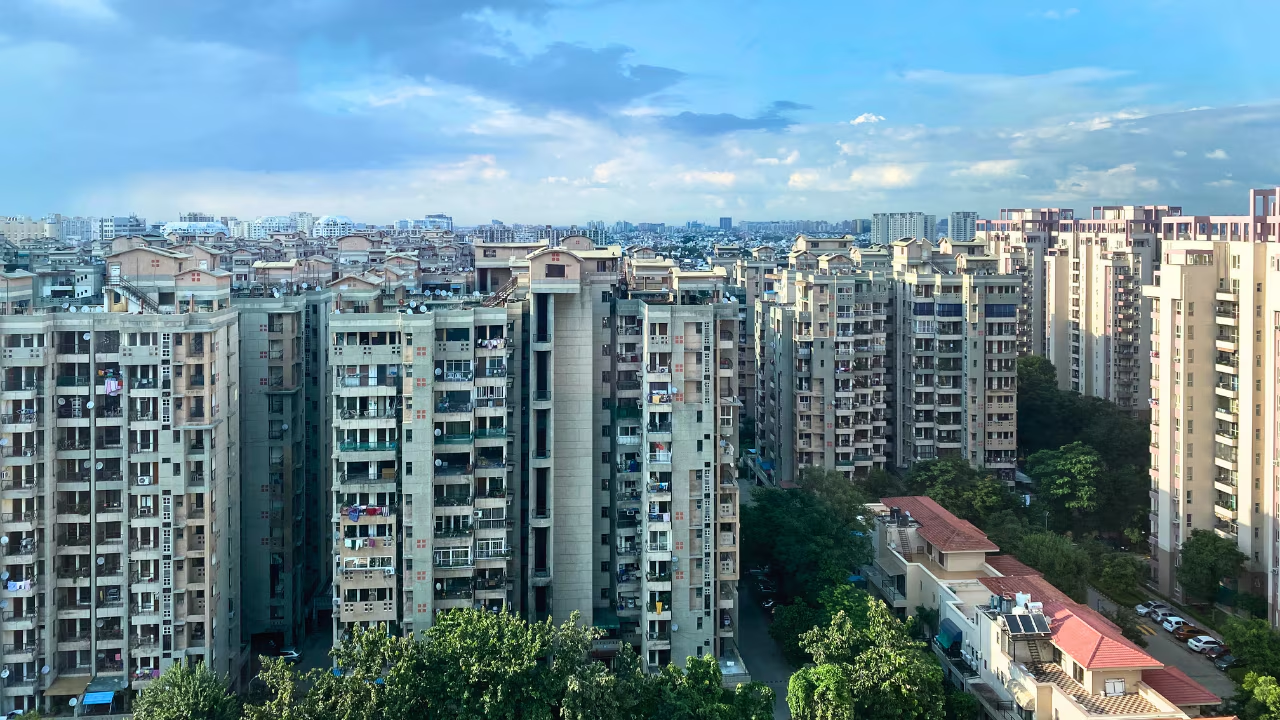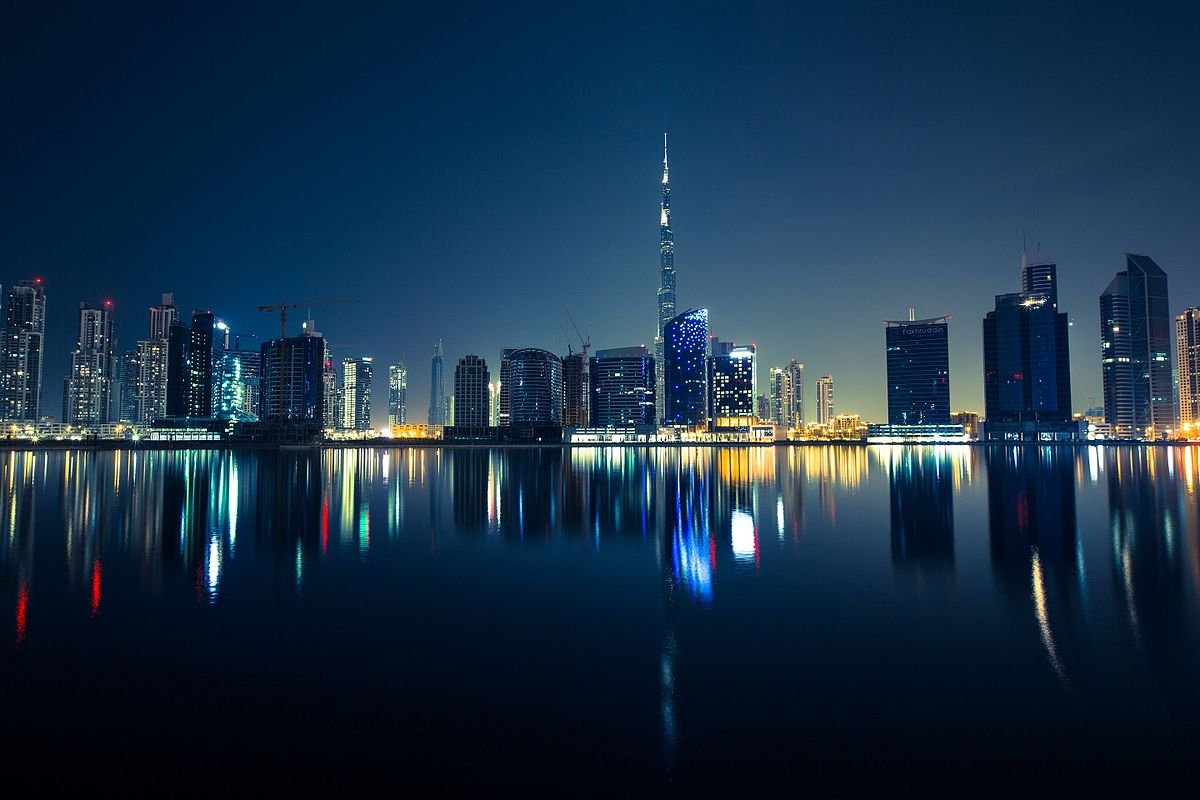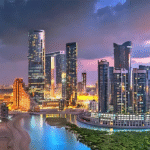Now Reading: Inside Dubai’s Mega Project War: Emaar or Nakheel Leading Now 2025?
-
01
Inside Dubai’s Mega Project War: Emaar or Nakheel Leading Now 2025?
Inside Dubai’s Mega Project War: Emaar or Nakheel Leading Now 2025?

Dubai is a city built on ambition, vision, and innovation. At the heart of its ever-evolving skyline are two real estate giants—Nakheel and Emaar Properties. These developers are responsible for shaping some of the most iconic landmarks in the UAE, from artificial islands to the world’s tallest tower. As Dubai accelerates into the future, the competition between Nakheel and Emaar has reached new heights. But who is really leading the mega project race?
Nakheel: The Mastermind Behind Dubai’s Islands
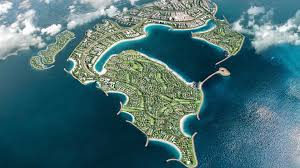
Nakheel is best known for bold, ocean-based developments. The name behind Palm Jumeirah, The World Islands, and Deira Islands, Nakheel has established itself as a creator of landmark waterfront destinations.
Key Projects and Ambitions:
- Palm Jebel Ali Relaunch: Nakheel is reviving its previously paused Palm Jebel Ali project with renewed focus. Once completed, it is expected to be twice the size of Palm Jumeirah, offering homes for over 35,000 families.
- Dubai Islands (formerly Deira Islands): A new tourism-centric development spread over 17 square kilometers, offering hotels, retail spaces, and beachfront living.
- Nakheel Mall and The Pointe: Lifestyle destinations that cater to residents and tourists alike.
- Jebel Ali Village Redevelopment: A modern take on Dubai’s oldest residential community, blending tradition with new-age living.
Nakheel is backed by Dubai Holding, which adds financial muscle and long-term vision to its portfolio. In 2023, Nakheel revealed it had over AED 80 billion worth of new projects in the pipeline, focusing on high-end waterfront living and green infrastructure.
Emaar Properties: The Global Real Estate Titan
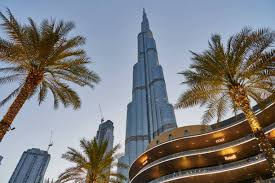
Founded by Mohamed Alabbar and partly owned by the Dubai government, Emaar Properties is synonymous with luxury and innovation. It is the force behind Burj Khalifa, Downtown Dubai, and Dubai Mall, three of the most recognized landmarks on the planet.
Core Developments and Strategic Focus:
- Dubai Creek Harbour: Home to the soon-to-rise Dubai Creek Tower, planned to surpass Burj Khalifa in height. The mega community offers green living, marinas, and futuristic urban planning.
- Emaar Beachfront: A private island community with 10,000+ residential units, connected to Palm Jumeirah and Dubai Marina.
- The Valley and Arabian Ranches 3: Affordable and family-friendly residential townships.
- Emaar South: A future-ready community linked to the Expo 2020 legacy and Al Maktoum International Airport.
- International Expansion: Emaar operates in over 36 markets including Egypt, Saudi Arabia, and India.
In 2024, Emaar announced record revenues of AED 26.7 billion, with net profit surging over 30% compared to the previous year. Its ability to scale and diversify across markets makes Emaar a global powerhouse.
Comparing Visions: Luxury vs. Lifestyle
Both developers share a passion for grand-scale innovation, but their approaches differ significantly.
- Nakheel leans towards destination living. Its projects transform coastlines into premium leisure and tourism zones, offering high luxury and iconic silhouettes.
- Emaar, on the other hand, focuses on integrated urban living. With its signature downtown-style neighborhoods, Emaar builds self-sufficient, walkable, and green-conscious communities with international appeal.
Sustainability and Smart Development
With Dubai committing to become a carbon-neutral city by 2050, both Emaar and Nakheel have embedded sustainability into their future developments.
- Nakheel’s new projects highlight solar power, green building certifications, and waste management systems.
- Emaar is incorporating AI-based smart systems, sustainable transport links, and green building codes across its developments.
Emaar’s Dubai Hills Estate, for instance, includes over 1 million square meters of green space and a championship golf course designed with water-saving irrigation systems.
Market Position and Buyer Perception
In terms of brand equity:
- Emaar is often favored by international investors due to its global reputation, transparency, and partnerships with premium brands.
- Nakheel attracts regional buyers looking for exclusive island properties and waterfront views, often with larger land holdings and bespoke experiences.
Property prices in Emaar’s Downtown and Beachfront areas tend to command higher premiums, while Nakheel’s offerings cater more to high-net-worth individuals seeking ultra-exclusive coastal properties.
Government Backing and Financial Strength
Both developers benefit from strong government support:
- Emaar has partial government ownership and is publicly traded, providing clear investor insight.
- Nakheel is fully owned by Dubai Holding and enjoys robust strategic planning and state funding when needed.
This gives both the flexibility to pivot quickly, invest in long-term infrastructure, and weather global market fluctuations.
Who’s Winning the Race?
Determining a clear winner isn’t straightforward—it depends on what metric you use.
- In terms of innovation and architectural icons: Emaar holds the crown with Burj Khalifa and Dubai Mall.
- In terms of land transformation and scale of waterfront development: Nakheel dominates with Palm Jumeirah and upcoming Palm Jebel Ali.
- On the global stage: Emaar is expanding faster with overseas ventures, making it more internationally influential.
- For future potential: Nakheel’s rejuvenated mega-islands and tourism-centric plans could reshape Dubai’s coastline again.
Industry Verdict:
Dubai’s mega project race isn’t a competition with a finish line—it’s a marathon of vision. Emaar and Nakheel are not just rivals; they’re complementary forces redefining how urban living, tourism, and infrastructure evolve in one of the world’s most dynamic cities.
As both continue to roll out record-breaking projects, one thing is certain: Dubai’s skyline—and its future—will be shaped by the ambitions of both giants.
Read More:- Shobha Realty Launches Its Most Luxurious Project Yet—Full Details Inside 2025



